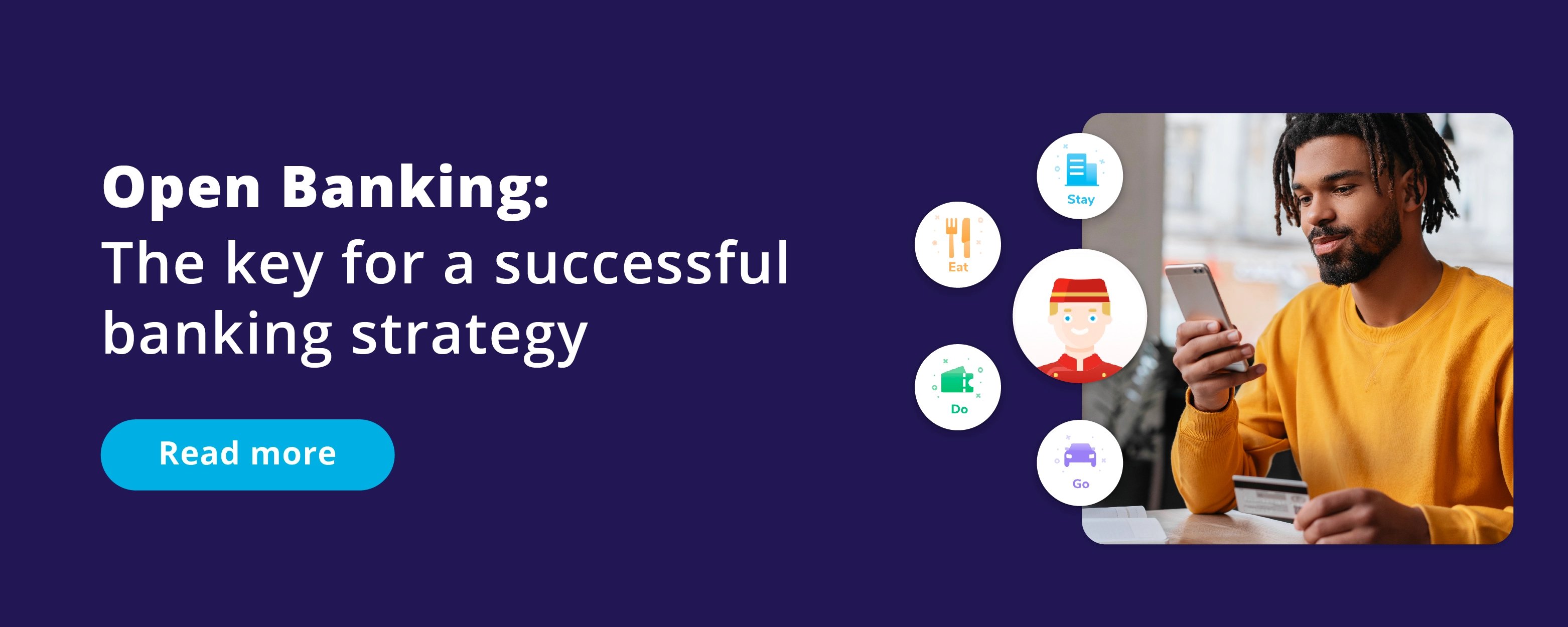Seizing opportunities in corporate banking
Financial institutions that can cater to the needs of corporate and business clients are poised to seize a significant opportunity.
Seizing opportunities in corporate banking
Financial institutions that can cater to the needs of corporate and business clients are poised to seize a significant opportunity. McKinsey projections indicate a robust 9% annual increase in global banking revenues for 2024 and 2025, with corporate clients playing a pivotal role in driving this growth.
With 2023's reported annual revenues reaching $2.3 trillion, the corporate and commercial banking sector is forecasted to maintain a steady CAGR of 6.4% through 2026 - surpassing retail banking by 0.2%. Notably, in the United States, corporate and commercial banking revenues have outpaced GDP growth, doubling in rate.
Heading towards 2025, the landscape of corporate banking is evolving with intensified competition and disruptive technologies, opening up new avenues for both industry veterans and emerging players.
Embracing humanized digital banking solutions empowers banks to elevate their workforce, freeing them from mundane tasks and boosting overall efficiency. Through digital innovation, corporate banking can witness a surge in revenue, a reduction in operational costs, and the delivery of personalized experiences that nurture enduring client relationships.
Unlocking corporate banking innovations & strategies for leaders
Cutting-edge technologies like AI, cloud computing, and APIs are revolutionizing the corporate and business landscape by enhancing operational efficiency, streamlining interactions, and providing services that mirror the customer-centric experiences found in retail banking. Learn how you can leverage these technologies to enhance the services of your financial institution.
1. The Age of Artificial Intelligence
2. Cloud corporate banking
3. API and Open Banking
4. Smooth and faster onboarding
5. Better banking for SMEs
1. The Age of Artificial Intelligence
AI is becoming increasingly central to globalized economies, which means commercial banks must deploy this technology at scale to remain competitive. Banks that use AI can enhance revenue by offering more personalized services to both customers and employees. They can also reduce expenses by improving efficiency through greater automation, lowering the rate of errors, and optimizing the use of resources. Additionally, AI can reveal new and untapped opportunities by enhancing the capability to analyze and draw insights from large volumes of data.
As we enter the Age of AI, many bankers feel the same sense of awe that their counterparts did as they stood on the verge of the Digital Age.
- Michael Abbott, Global Banking Lead, Accenture
The scale of the opportunity opened up by AI is almost limitless. The adoption of this game-changing technology is predicted to unlock up to $1 trillion in annual value for global banking - creating rewards for pioneers and innovators.
It clearly shows how leveraging tech pays off for forward-thinking institutions. Between 2018 and 2022, banks regarded as digital leaders achieved average annual total shareholder returns of 8.1% compared to 4.9% for laggards.
2. Cloud corporate banking
Banks have been slow in adopting cloud technology, but the tide is turning. Forecasted spending on cloud computing services is set to surge by over 16% in 2024, reaching a staggering $77 billion - a fourfold increase compared to the 4.5% annual growth in IT budgets.
This significant investment in cloud solutions mirrors global trends, with Gartner projecting a substantial rise in worldwide cloud spending to $678.8 billion in 2024, up from $563.6 billion in 2023. Cloud is now an operational necessity for businesses of all shapes and sizes, including banks.
3. API and Open Banking
The surging demand for APIs is fueled by the need for seamless real-time financial data exchange, streamlined automation of banking transactions, enhanced precision, and efficiency in financial management.
By seamlessly integrating banking services into their operational systems, companies strive to optimize treasury and lending processes, minimize manual interventions, and drive more informed financial decision-making.
A recent Gartner survey found that 44% of commercial banks have successfully implemented open APIs to enhance customer experiences, drive innovation, and speed up time-to-market.
4. Smooth and faster onboarding
Corporate client onboarding is lengthy, complex, and manual, taking up to 100 days with extensive document collection. This process poses a high risk of abandonment, leading to potential dissatisfaction and negative perceptions.
Improving onboarding efficiency presents a growth opportunity for banks, with a focus on addressing KYC bottlenecks and streamlining data input to enhance the client experience and reduce time-to-revenue.
5. Better banking for SMEs
Small businesses are seeking more than just traditional financial products from their banking relationships. These outdated offerings fall short of meeting the complex needs of modern small and medium-sized businesses (SMBs).
Owners and financial directors of SMBs are on the lookout for cutting-edge financial management tools and services that enable them to effectively monitor and control cash flow, establish business credibility, secure funding, and make strategic, forward-thinking business decisions.
Fintech Partnerships Streamline SMB Banking
Traditional banks must collaborate with fintechs to meet SMBs' needs, offering cutting-edge tools and services for streamlined operations and informed financial decisions, reshaping how SMBs access banking services in the digital era.
To gain a deep understanding of these innovative business banking strategies, read the full report.








%20without%20SAM%20-%20Maturity%20Level%20-%202-KO%20edit.webp?width=160&height=57&name=67768-ebankIT%20Platform%20-%20CMMI%20Development%20V2.0%20(CMMI-DEV)%20without%20SAM%20-%20Maturity%20Level%20-%202-KO%20edit.webp)
